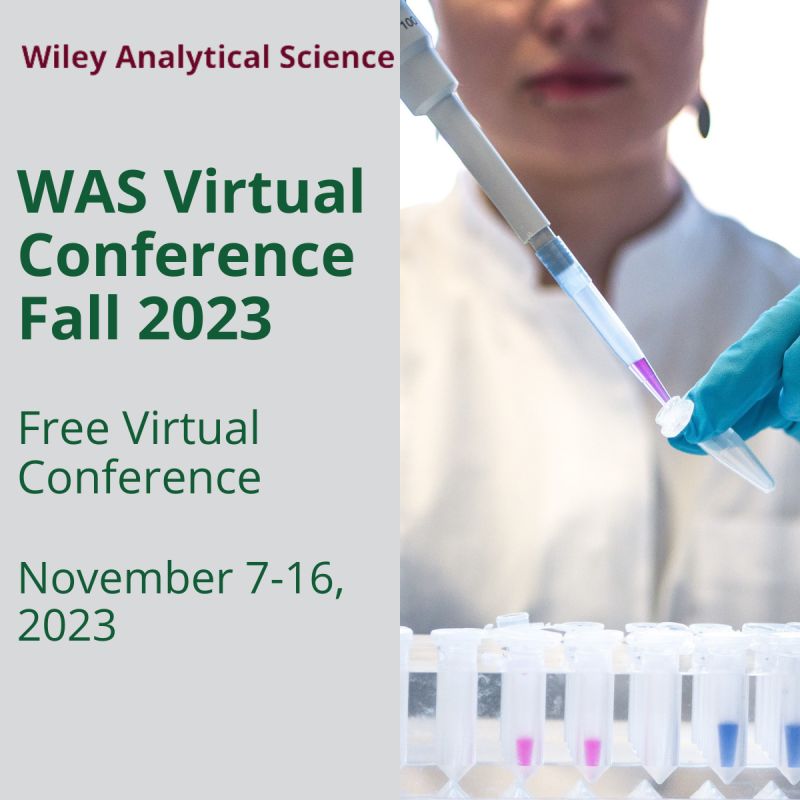AI-powered X-ray Microscope Reconstruction Technologies for Gamechanging Capabilities in Battery and Fuel Cell Research

Wiley: AI-powered X-ray Microscope Reconstruction Technologies for Gamechanging Capabilities in Battery and Fuel Cell Research
In order to power a growing society, today’s materials scientists drive materials development in battery and fuel cell research. Increasingly, researchers leverage advanced computer simulations to understand fundamental mechanisms, analyze performance attributes, and develop materials or device architectures using “digital twin” approaches that allow for rapid iteration of material properties, arrangements, and device operation parameters without having to physically produce each variation. This approach, while powerful, requires a detailed representation of real materials and devices that both resolves the relevant features and spans across the meaningful length scales in which these devices operate.
3D microscopy techniques such as X-ray microscopy can provide these inputs but, like most microscopy approaches, suffer from the tradeoff between maintaining the needed image resolution and capturing a representative field of view.
In this webinar you will learn how 3D X-ray microscopy coupled with AI-based reconstruction technologies can help to overcome these challenges in imaging and simulation of battery and fuel cell processes by producing 3D images over device-relevant volumes (e.g., many millimeters) while simultaneously capturing features with sub-micrometer detail and help power tomorrow’s energy research breakthroughs.
Presenter: Dr. Stephen T. Kelly, Ph.D. (Market Sector Manager for Energy Materials, ZEISS Research Microscopy Solutions)
Stephen Kelly is the Market Sector Manager for Energy Materials at Carl Zeiss RMS. After receiving his BS in Engineering Physics from Colorado School of Mines in 2002, he went on to receive his Ph.D. in Materials Science and Engineering from Stanford University in 2009. He spent 4 years working as a postdoc at Lawrence Berkeley National Laboratory specializing in x-ray microscopy of solar cells and atmospheric aerosols. He has been working at Carl Zeiss RMS for the last 9 years as an imaging specialist and Sector Manager for the Energy Materials market. He lives in San Francisco, California.
Presenter: Quentin Meyer, PhD (Senior Researcher and Laboratory Manager, University of New South Wales, School of Chemistry)
Dr Quentin Meyer obtained his PhD in 2015, receiving the Award for Research Excellence (University College London). He relocated to Australia in 2017 and following some consulting on batteries and fuel cells, he joined Prof Zhao’s group as a Senior Researcher and Laboratory Manager at University of New South Wales, where he leads the exciting hydrogen fuel cells cluster. His current research focus is on the activity and durability of low-cost catalysts in hydrogen fuel cells and electrolysers. As of August 2023, he has published 56 journal articles, filed 2 patents, and given over 60 presentations at conferences and invited seminars globally.
Presenter: Ying Da Wang, PhD (Associate Lecturer, University of New South Wales, School of Minerals and Energy Resources Engineering)
Dr. Ying Da Wang at UNSW specializes in using machine learning and supercomputing for fluid flows in porous structures including hydrogen fuel cells, and is a leading researcher in 3D super resolution and segmentation methods, surpassing hardware limits. Leading the simulation arm of the Multiscale Transport in Porous Systems research group, he has published over 30 articles since obtaining his PhD in 2020.
Presenter: Dr. Martin Friedrich (Editor, Wiley Analytical Science)
Martin Friedrich studied chemistry in Kassel and Würzburg and received his Ph.D. in 2000 for his work in the department of R. Timpl at the Max Planck Institute of Biochemistry in Martinsried. After a year as a project-accompanying scientist of the information service "BioTech mobil" on behalf of the Ludwig-Maximilians-University of Munich, he joined Wiley-VCH in 2002. In 2016, he left the company as product manager of the B-2-B media for "Laboratory and Biotechnology" and became managing director of Regenesa Verlag. Since 2019, he has been an independent science editor and journalist.